You’ve lost that lovin' Phélim: Seagull 2023 Election Special
Team Seagull takes a look at the election results from Brighton and Hove.

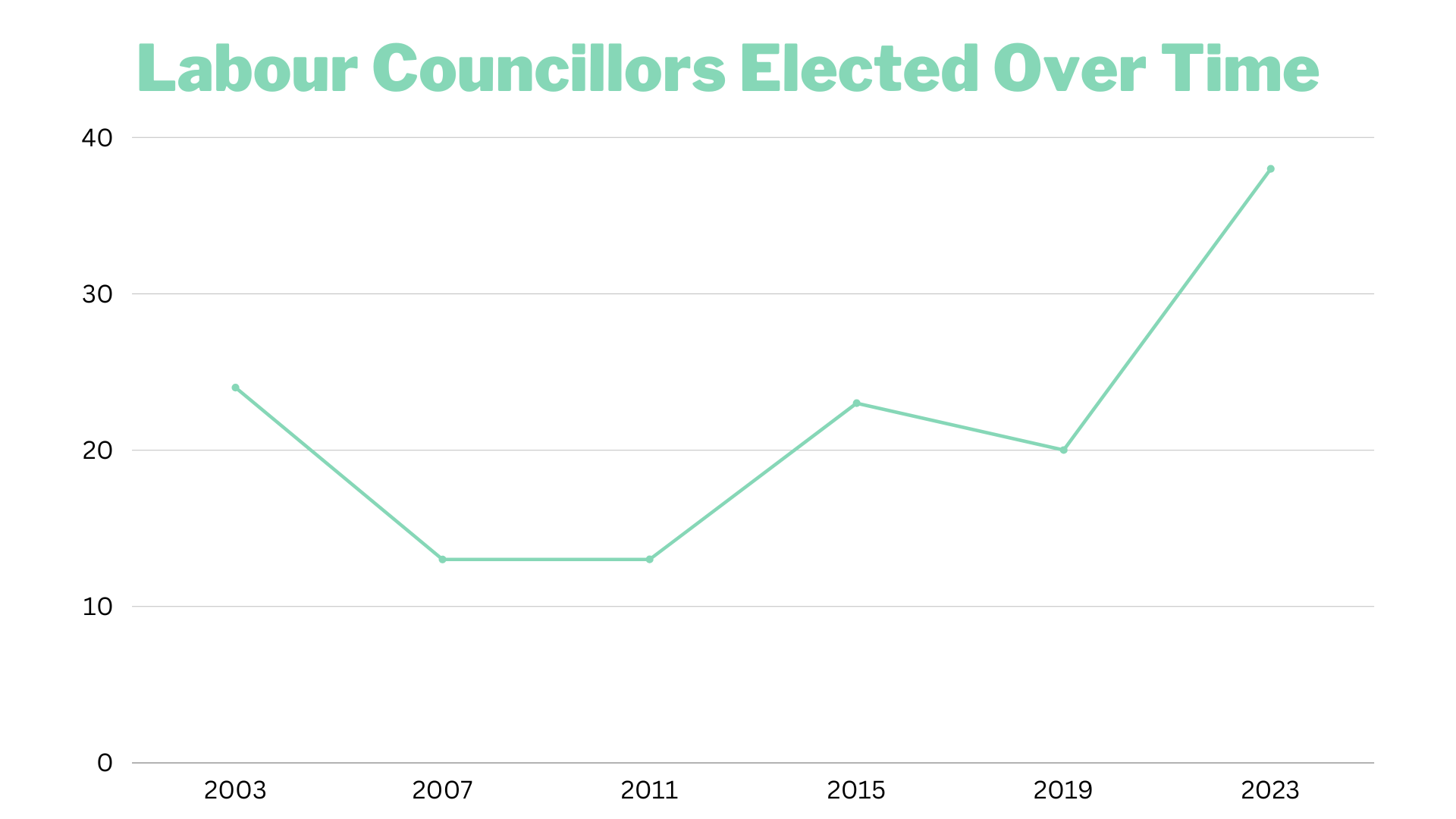
After 20 years of no overall control, Thursday’s election saw Labour gain 38-seats and become the majority party on Brighton and Hove City Council—proportionally its largest majority ever. People writing about big election wins love to throw around geographical analogies like 'landslide' and 'earthquake'—but these results are more like an asteroid strike: a big surprise that made a massive impact and could lead to some extinctions. There are now only 5 wards out of the city’s 23 without a Labour councillor—and those are the safest-of-safe Green and Conservative seats, and the now fully-Independent Rottingdean and West Saltdean.
It was a surprise for Labour as much as anyone else, with many of the candidates crying tears of joy at their unexpected victories. Prior to the election, the party had some trouble finding candidates for seats, so some who won may have gone in not expecting to win—or may not have been expected to win by the Party's regional office, leading to a significant amount of ideological diversity in the new Labour Group, though with such a hefty majority, that may cause less strife than in their previous period of minority administration. Labour have 70% of the seats on the council—more than double what they had going in.
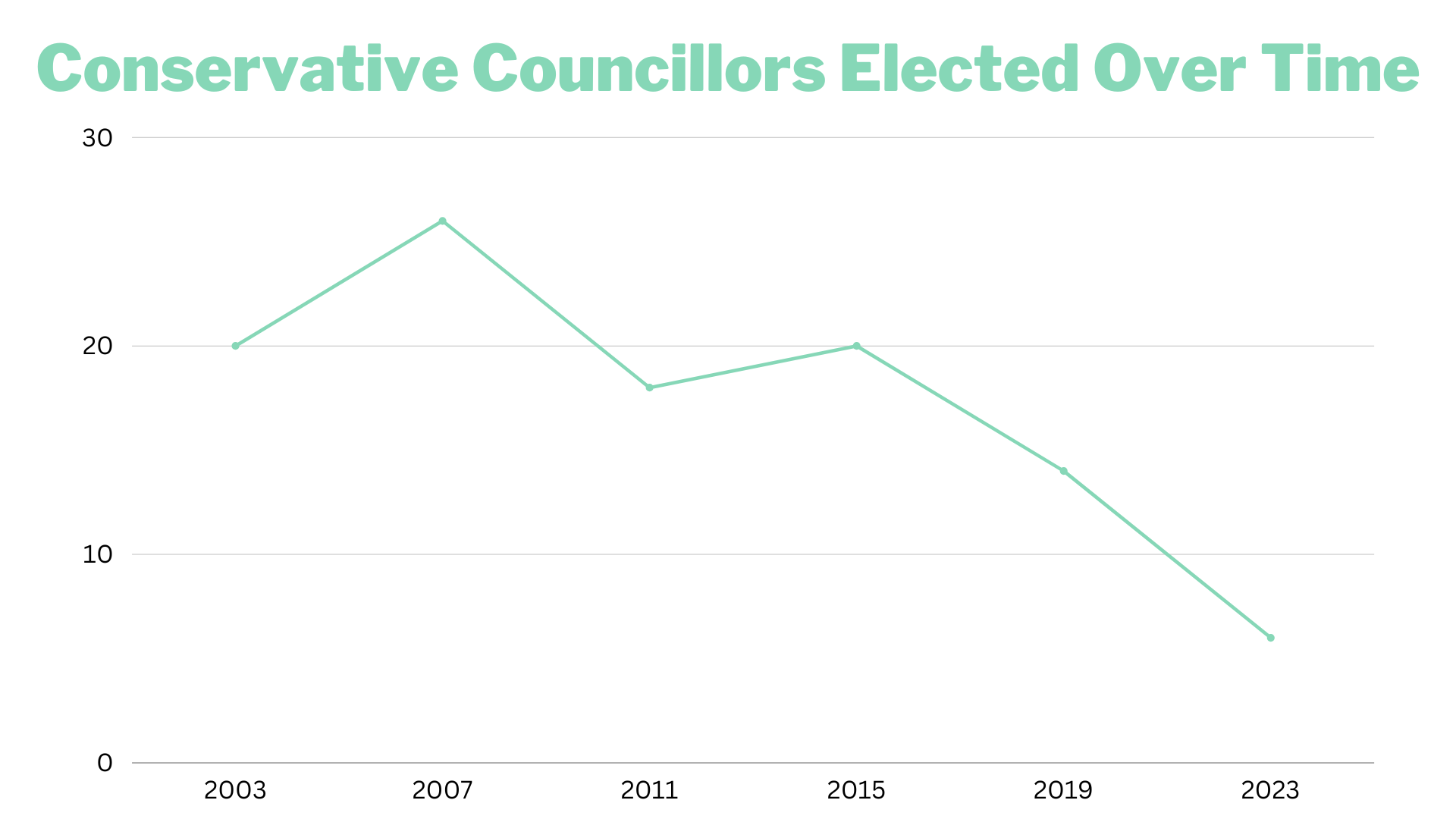
Doubling one party’s councillors, of course, means other parties are losing them: no-one was expecting the Conservatives to have a good night—we suggested they might dip below 10 councillors from the 12 they had, but that turned out to be optimistic: their councillor count halved and is now down to six, only holding on in their safest seats in the leafier suburbs: Patcham & Hollingbury and Hove Park & Westdene. Their leader, Steve Bell, lost his seat to Labour in Woodingdean, they’ve lost several of their long-serving councillors like Dee Stimson and Dawn Barnett. They might not be facing extinction completely—this could be their 'floor', at least for a while—but several wards—Woodingdean, Hangleton & Knoll, Wish—have seen what were holds with close challenges from Labour in 2019 turn into wipeouts.
A look at the returns in Rottingdean and West Saltdean tells a worrying story for the Conservatives, too. An area that was previously safe for them once again returned the notoriously outspoken independent candidate Bridget Fishleigh with an increased majority—and this time, Fishleigh attempted to translate her local popularity into something bigger, running a 9-candidate "Brighton & Hove Independents" slate across the city. Fishleigh’s grouping didn’t have a manifesto but their campaigning leant into 'local representation for local people' and bread-and-butter issues like potholes, public services and graffiti, which clearly worked in her ward as her slate-mate Mark Earthey was also elected, turning the ward fully away from the Tories.
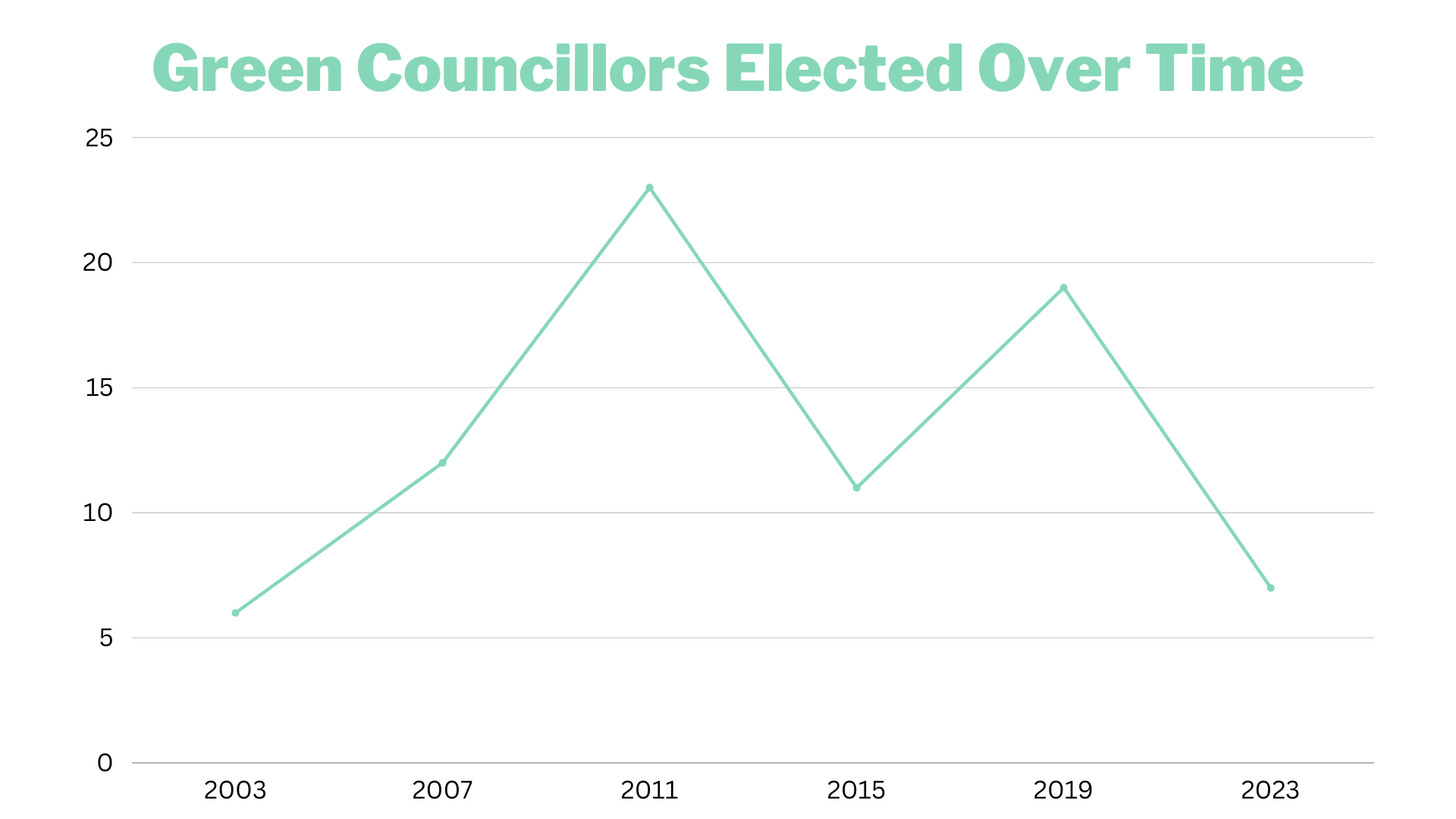
But the real story of the day is that only just ahead of the Conservatives, with seven councillors—down from 20—are the Greens. As we noted in our pre-election assessment, the general feeling prior to the election was that a very good night for Labour would be a slim majority but more likely would be a flip to a Labour minority administration. What happened instead was that the Green vote collapsed catastrophically everywhere, all at once. It was a blowout: seats they won by thousands in 2019 saw such a drop in Green support that relatively minor upticks in the Labour vote was enough to push them to victory.
Both their leader, Phélim Mac Cafferty, and deputy leader, Hannah Allbrooke, lost their seats in Brunswick and Adelaide. For Allbrooke it was extremely close, a single-digit number of votes in it (one of several seats for which that was true). For Mac Cafferty, though it was a loss of over a hundred votes—while in 2019 he won by over 600. As the leader of the Green group and then the Council, he obviously had a high profile—but this might have been less of an asset when he got in hot water for flying to the COP26 summit in Glasgow in 2021 rather than taking the train, angering many Green supporters.
Exactly what happened will, no doubt, be picked over by the party in the coming months and weeks, but the leading factors we heard seem to be perception by voters of a poor record in office, controversial content in their manifesto and a significant proportion of sitting councillors stepping down.
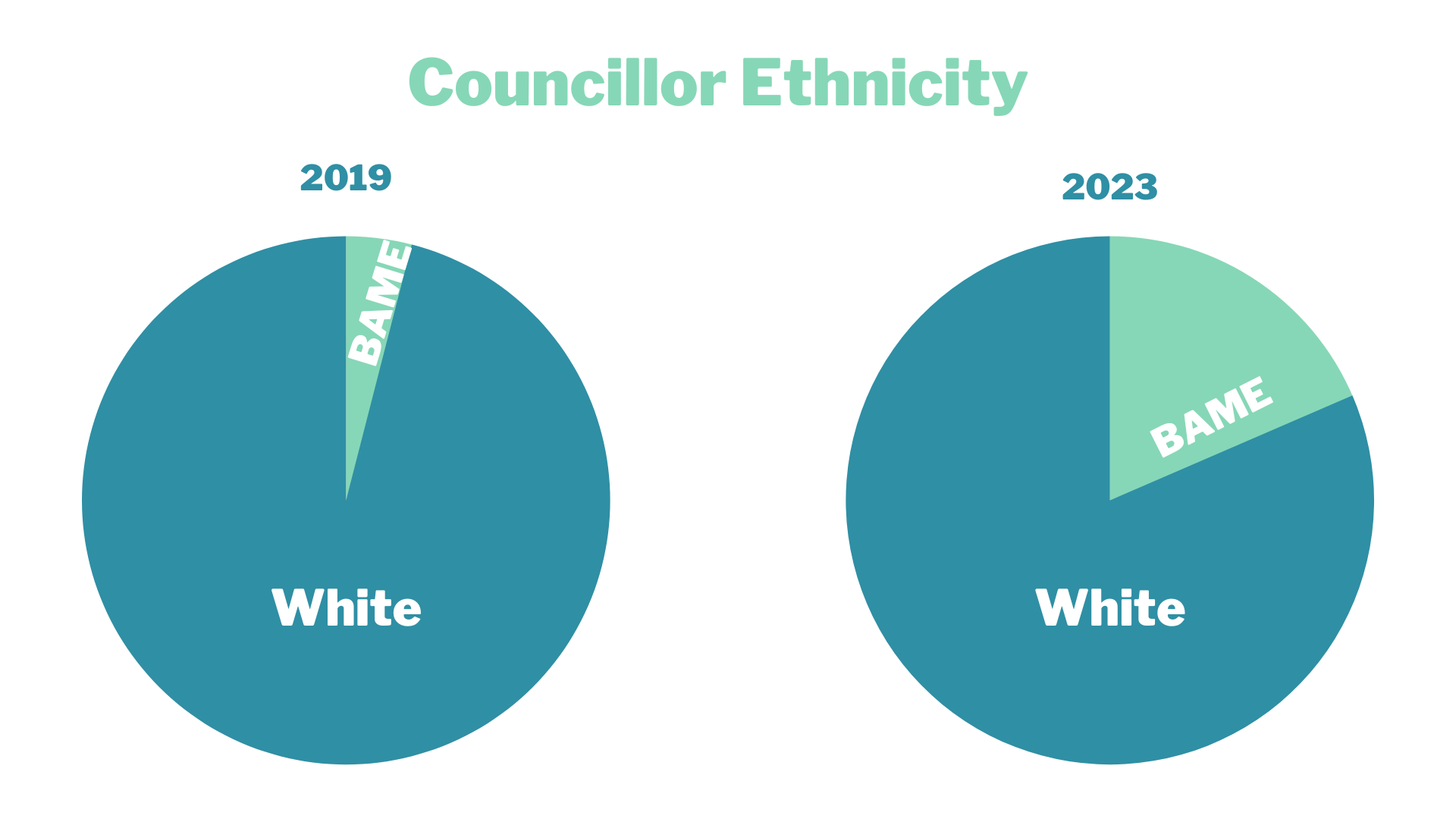
Pulling the camera back a little, this council is one of the most diverse councils Brighton & Hove has had in a long time, with the city's first openly transgender councillor, the youngest BAME councillor, multiple BAME councillors voted in, and more besides. Diversity is something the council has been publicly talking about improving for some time now–around 20% of the city is BAME, and the previous cohort of councillors were described by one member of the public yesterday as 'blindingly white'—with only two of the 54 being non-white. Notably, the Labour group has put forward one of its most diverse slate of candidates in a long time, with almost a fifth of the party's latest councillors being BAME, compared to none before.
All eyes will now be on the Labour Group as they prepare to take office. If, as The Seagull’s sources have told us may happen, the independent former Labour North Portslade councillor Peter Atkinson attempts to rejoin the party and is successful, they could go up to 39 seats, further bolstering their majority. After the elections they gathered to elect their new leader: Bella Sankey, the Wish ward councillor who doubled her vote from her by-election victory last year. She’s already developed a reputation for being combative, and not even a day into her tenure as leader has been taking shots at the outgoing Green administration. We will see in the coming days and weeks how councillors settle into their new roles, how the much larger Labour group is able to navigate the ideological differences within it—and how the council as a whole adapts to majority administration after so long without it.

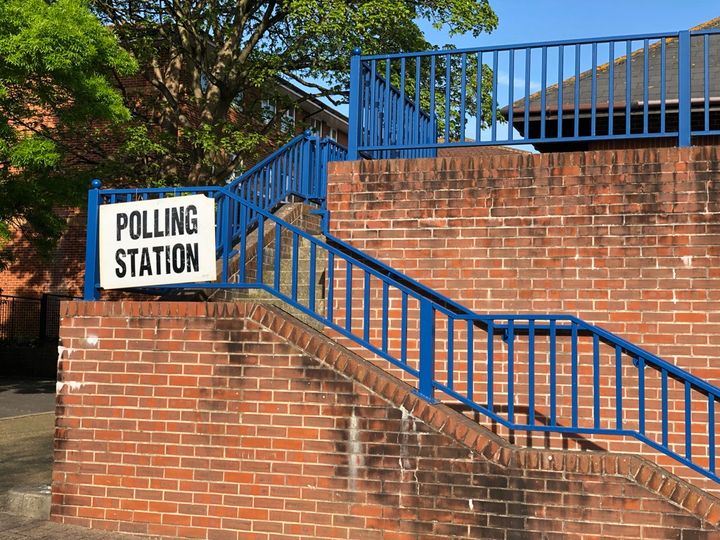
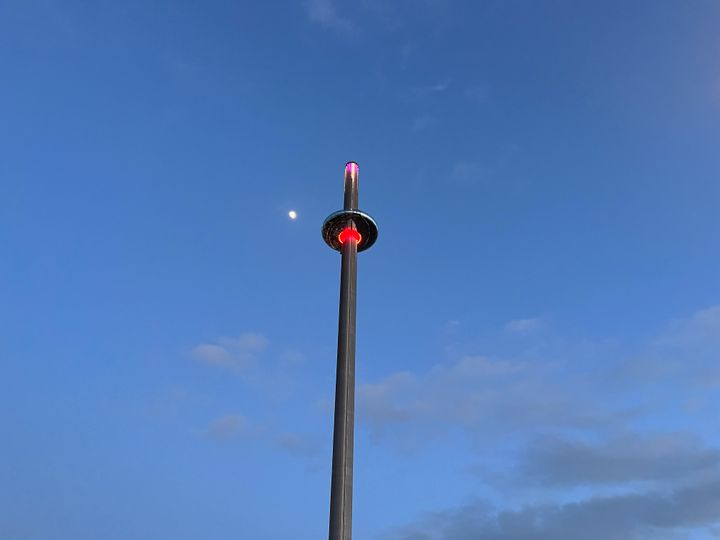
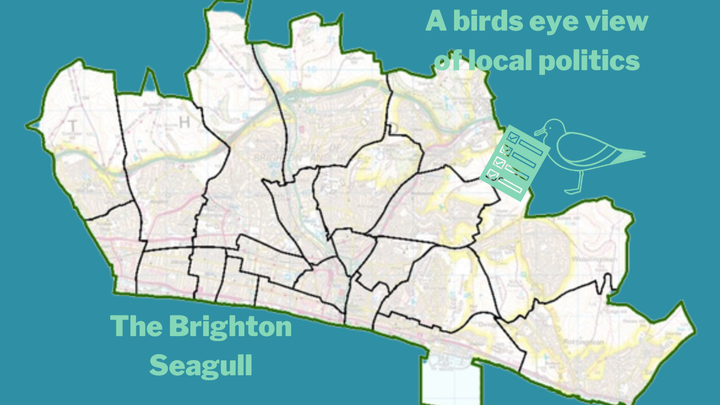
Comments ()